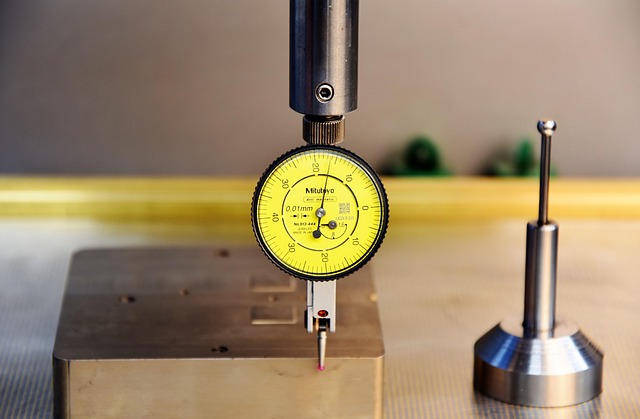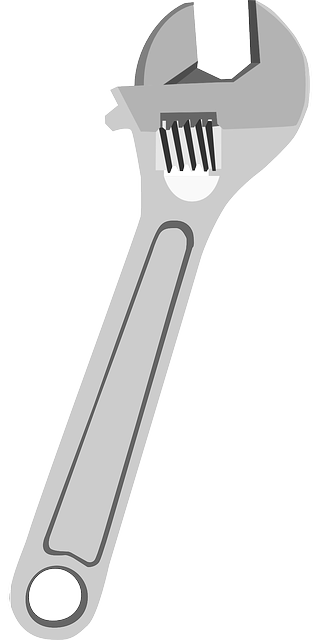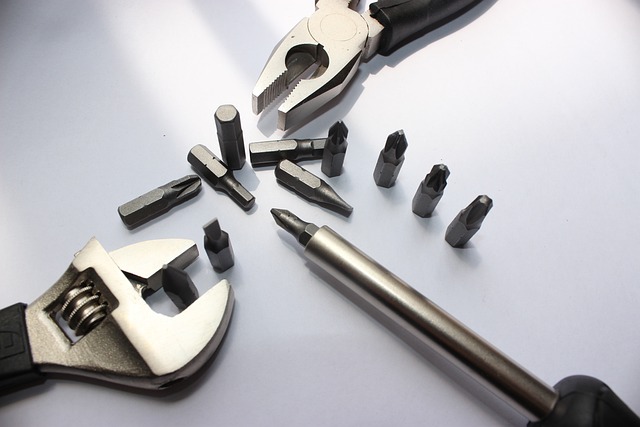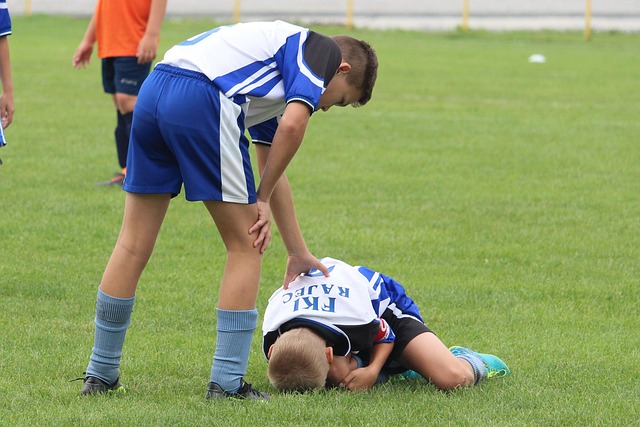After a car crash, sciatica (lower back pain radiating down legs) is common due to nerve pressure or irritation. Chiropractic care is a leading non-invasive treatment, addressing misalignments ("subluxations") in the spine to reduce nerve irritation and promote healing. Early intervention with adjustments and targeted therapies provides acute pain relief; RIC therapy follows initially, followed by gentle exercises and a healthy diet for long-term management. Auto accident chiropractic treatment focuses on these integrated strategies for managing sciatica effectively post-accident.
After a car accident, persistent sciatica can significantly impact your quality of life. This article provides comprehensive guidance on managing long-term sciatica post-accident. We explore the causes and symptoms of sciatica resulting from auto accidents and delve into the benefits of chiropractic treatment as a safe, effective approach for relief. Additionally, we offer valuable recovery tips to help you navigate the healing process and effectively manage sciatica discomfort. Discover how these strategies can empower you to overcome sciatic pain and regain control post-accident.
- Understanding Sciatica After an Auto Accident
- The Role of Chiropractic Treatment in Long-Term Sciatica Care
- Post-Accident Recovery Tips for Effective Sciatica Management
Understanding Sciatica After an Auto Accident

After a car crash, many individuals experience sciatica, a condition characterized by pain that radiates from the lower back through the buttocks and legs. Sciatica is caused by pressure on or irritation of the sciatic nerve, which runs from the lower spine to the feet. In the context of an auto accident, this can occur due to sudden, forceful movements or impacts that strain the spine and surrounding structures.
Chiropractic treatment for sciatica after an auto accident is a common approach to managing pain and promoting healing. Chiropractors focus on adjusting the spine to reduce pressure on nerves, including the sciatic nerve. They may also recommend specific exercises, physical therapy, or other interventions tailored to each patient’s needs. Early intervention and proper management of sciatica post-accident can significantly improve long-term outcomes and prevent chronic pain from developing.
The Role of Chiropractic Treatment in Long-Term Sciatica Care

Chiropractic care plays a significant role in long-term sciatica care, especially after an auto accident. This non-invasive approach focuses on adjusting and manipulating the spine to reduce pressure on nerves, which can alleviate pain associated with sciatica. Chiropractors use various techniques such as spinal adjustments, stretching exercises, and other therapeutic modalities to improve mobility, restore function, and promote healing in the affected areas.
Auto accidents often lead to misalignments in the spine, known as subluxations, which can compress or irritate nearby nerves, causing sciatic pain. Chiropractic treatment for sciatica post-accident aims to correct these misalignments, reduce inflammation, and support the body’s natural healing processes. Regular chiropractic sessions can help prevent recurring sciatic episodes, improve overall posture, and enhance overall well-being in patients experiencing long-term sciatica after an accident.
Post-Accident Recovery Tips for Effective Sciatica Management

After an auto accident, managing sciatica effectively requires a multifaceted approach. The initial phase focuses on pain relief and inflammation reduction through auto accident chiropractic treatment, including adjustments and targeted therapies. This can significantly alleviate pressure on the nerves, providing immediate relief and setting the stage for long-term recovery.
In addition to chiropractic care, patients should prioritize rest, ice, and compression (RIC) therapy during the acute phase. Gradually introducing gentle exercises, such as walking and stretching, under professional guidance helps strengthen muscles and improve flexibility. Maintaining a healthy diet rich in nutrients like vitamin D and calcium can also aid in bone health and nerve function repair, playing a crucial role in post-accident sciatica care.
After a car accident, managing sciatica pain is crucial for long-term recovery. While initial care focuses on acute symptoms, maintaining a comprehensive approach with regular chiropractic treatments and adopting effective post-accident recovery habits can significantly alleviate sciatic nerve compression. Auto accident chiropractic treatment offers gentle adjustments to restore spinal alignment, reducing pressure on the nerves. Combining this with specific exercises and lifestyle modifications enables individuals to regain mobility and prevent future sciatica episodes.














